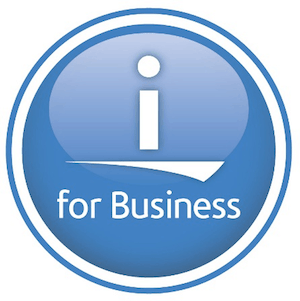The Difference Between a Multi-Cloud and a Hybrid Cloud
Connectria
Author
Date
February 19, 2019

The IBM Institute for Business Value recently surveyed over 1,000 executives across 19 different industries and found that 85 percent of these execs ran organizations with multiple cloud environments. Furthermore, 98 percent of them expected to do so by 2021. It’s clearly a multi-cloud world. But occasionally, when we talk about organizations running multiple clouds, we speak of it as a “hybrid cloud” environment.
What is the difference between a multi-cloud environment and a hybrid cloud?
The answer? “Not much,” according to some cloud providers who use the two terms interchangeably. But we see things a bit differently. For example, we recently announced our Managed IBM Cloud with AWS and Azure, calling it a “true hybrid cloud environment,” so we’ll use this solution to illustrate the difference.
First, a little background on the solution. The Managed IBM Cloud with AWS and Azure helps organizations that rely on IBM Power Systems to modernize their IT infrastructure quickly while lowering risks. We help you migrate your IBM i and AIX workloads to a private hosted IBM cloud in one of our secure, SASE 18 SOC 2-certified data centers while leveraging AWS or Azure for your cloud-native and X86 applications. You can learn more about the details here.
Clearly, this is a multi-cloud deployment because the organization is spreading workloads across multiple clouds – in this case, a hosted IBM cloud and either AWS or Azure. This allows you to migrate all your workloads to the most appropriate cloud for that particular workload.
For some organizations that’s enough. But often, IBM workloads tend to be mission-critical applications like ERP, and the cloud-native and X86 apps are often pointed solutions designed to work with the core ERP backbone, e.g., CRM. In a scenario like this, you need to orchestrate the interaction between clouds in real-time. CRM, for example, would need to call back to the ERP system to gather customer data, product info, etc. The graphic below illustrates how that might look:

What’s Important
This graphic shows a hybrid environment with logical partitions running on IBM infrastructure in a Connectria data center. A secure, high-speed, high-performance connection between the IBM and the AWS and Azure clouds is created using AWS DirectConnect and Azure ExpressRoute. (Organizations typically choose either AWS or Azure as their public cloud solution, but there is no reason you couldn’t run both.)
So, to sum it up, a hybrid cloud solution is a multi-cloud solution where there is orchestration between workloads in real-time (as opposed to a data dump at the end of the day.)
Contact Connectria today if you have questions about hybrid clouds, multi-cloud, or the Managed IBM Cloud with AWS and Azure. One of our cloud advisors would be happy to discuss your IT requirements and your objectives and help you plan a path to the cloud that’s right for you.
Topics
Keep Reading
Prepare for the future
Tell us about your current environment and we’ll show you the best path forward.
Fast track your project. Give us a call.






